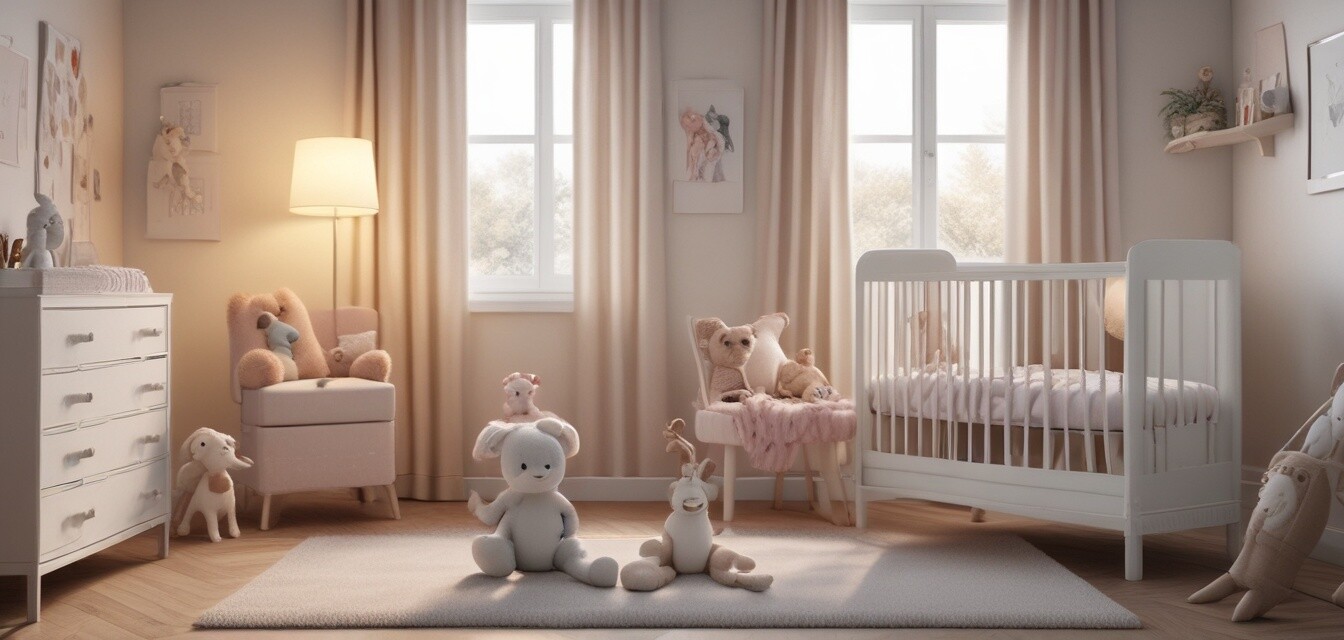
Safety features to look for in cot mattresses
Key Takeaways
- Look for mattresses made from non-toxic materials.
- Ensure the cot mattress adheres to safety standards.
- Check for waterproof and breathable properties.
- Consider the firmness level for infant safety.
- Evaluate the size to ensure a snug fit in the cot.
When it comes to creating a safe sleeping environment for your child, choosing the right cot mattress is paramount. Safety is not just a simple checklist; it’s about ensuring that each element contributes to the overall well-being of your baby during sleep. In this guide, we will explore the key safety features that every parent should consider when searching for the ideal cot mattress, making the buying process a breeze for you.
Material safety
The materials used in a cot mattress can significantly affect its safety and your child’s health. Look for the following materials:
- Non-toxic foams: Ensure that the mattress is free from harmful chemicals, such as phthalates and formaldehyde.
- Natural fibers: Organic cotton and wool are safer alternatives that can reduce allergy risks.
- Fire-retardant materials: Opt for mattresses that use natural fire retardants over chemical treatments.
Safety certifications
Look for recognized safety certifications to ensure that the mattress meets specific safety standards. Here are a few certifications to consider:
| Certification | Description |
|---|---|
| GREENGUARD Gold | Certifies that the mattress emits low levels of volatile organic compounds (VOCs). |
| CertiPUR-US | Ensures that foam products are made without harmful chemicals. |
| Oeko-Tex Standard 100 | Tests for harmful substances in textiles and ensures consumer safety. |
Waterproof and breathable features
A good cot mattress should be both waterproof and breathable for several reasons:
- Waterproof: Helps protect against spills and accidents, making it easier to clean and maintain.
- Breathable: Allows air circulation, reducing the risk of overheating.
Firmness level
Choosing the right firmness level is crucial for safety:
- Infants require a firmer mattress to reduce the risk of suffocation and Sudden Infant Death Syndrome (SIDS).
- A mattress that is too soft may lead to safety hazards; therefore, we suggest evaluating the firmness when shopping.
Size and fit
Lastly, the fit of the mattress in the cot is essential. A proper fit ensures that the mattress does not leave gaps where a baby could potentially get trapped. Here are things to consider:
- Confirm that the mattress fits snugly within the cot dimensions.
- Check that it is at least 27.5 inches wide and 51.5 inches long, which are standard crib mattress dimensions.
- Test the fit by attempting to insert 2 fingers between the mattress and cot frame; if they do not fit, the mattress is too small.
Conclusion
Choosing a cot mattress is not just about comfort but also about safety. Paying close attention to materials, certifications, waterproofing, breathability, firmness, and fit can help you select the safest option for your child. For more information on choosing the right mattress for your little one, be sure to read our buying guides on buying guides or look into our detailed advice about breathable cot mattresses.
Pros
- Ensures a safe sleeping environment for infants.
- Reduces exposure to harmful chemicals.
- Enhances ease of cleaning and maintenance.
- Offers various firmness levels to fit different stages of development.
Cons
- Higher quality options may come with a larger price tag.
- Organic or high-end materials can limit availability.
- Some features may require specific care and handling.
Ensuring that your child sleeps soundly and safely starts with the right cot mattress. Take your time and investigate options thoroughly. Happy shopping!